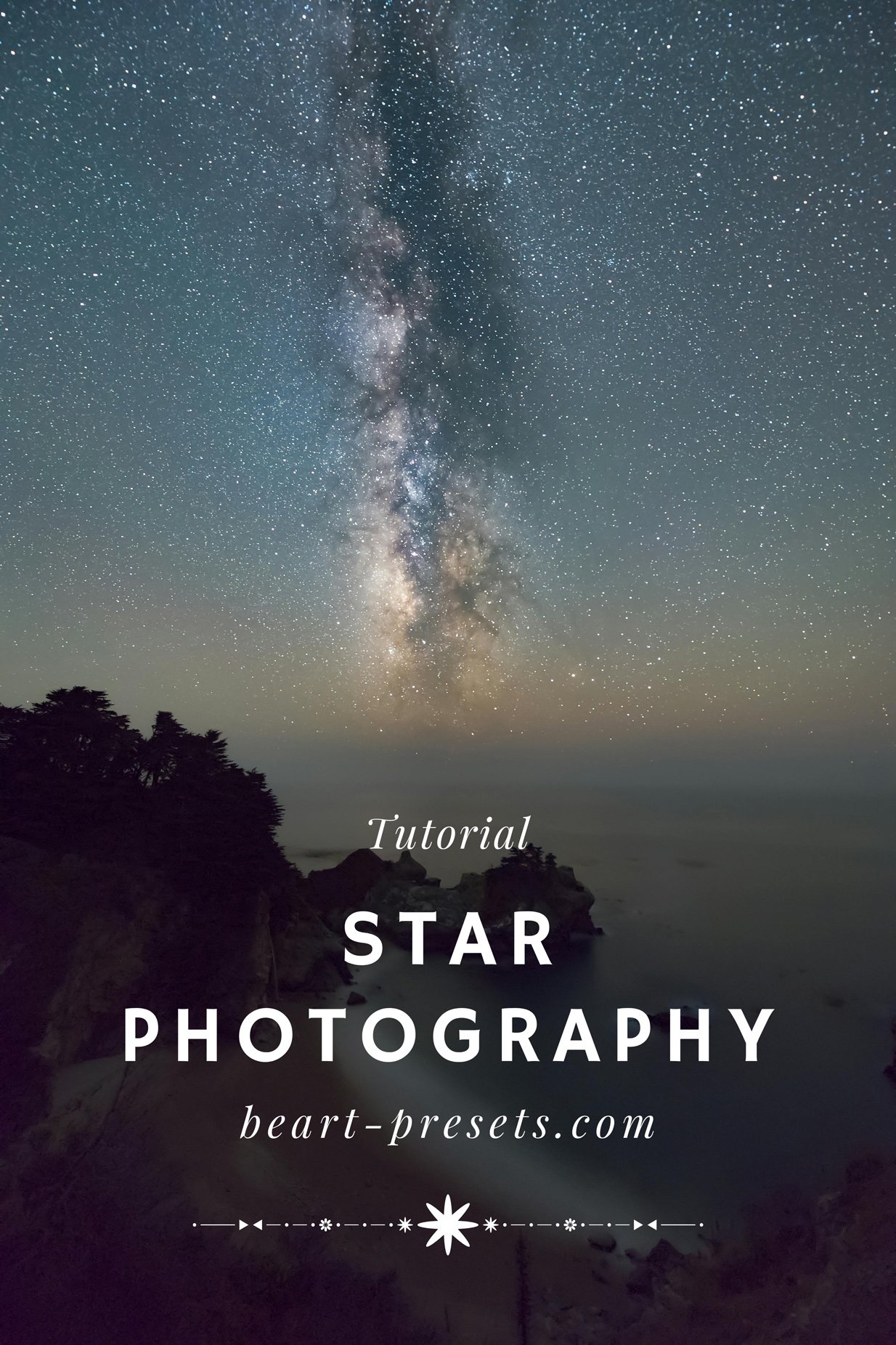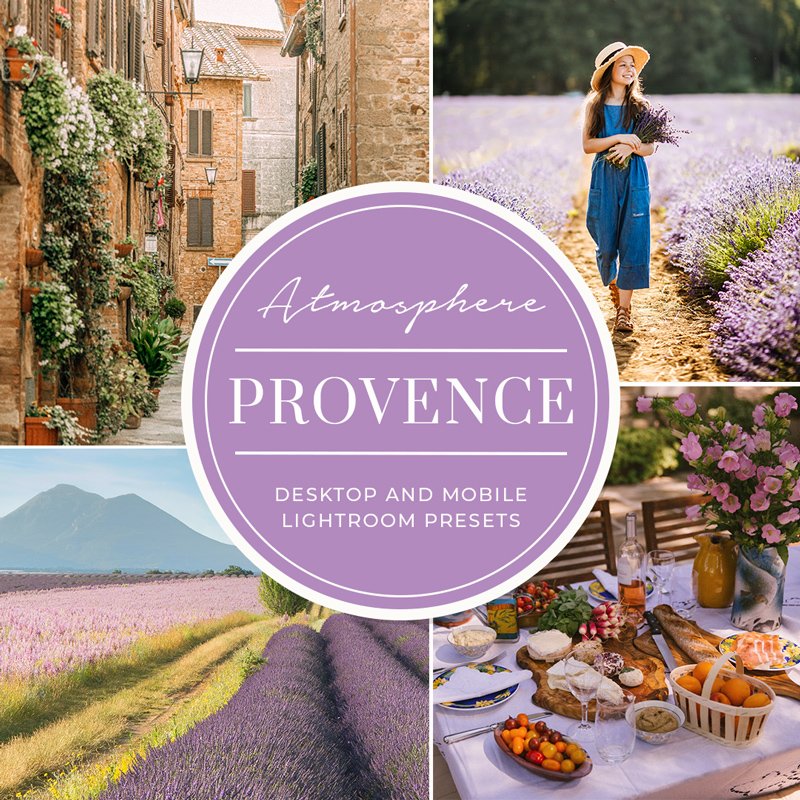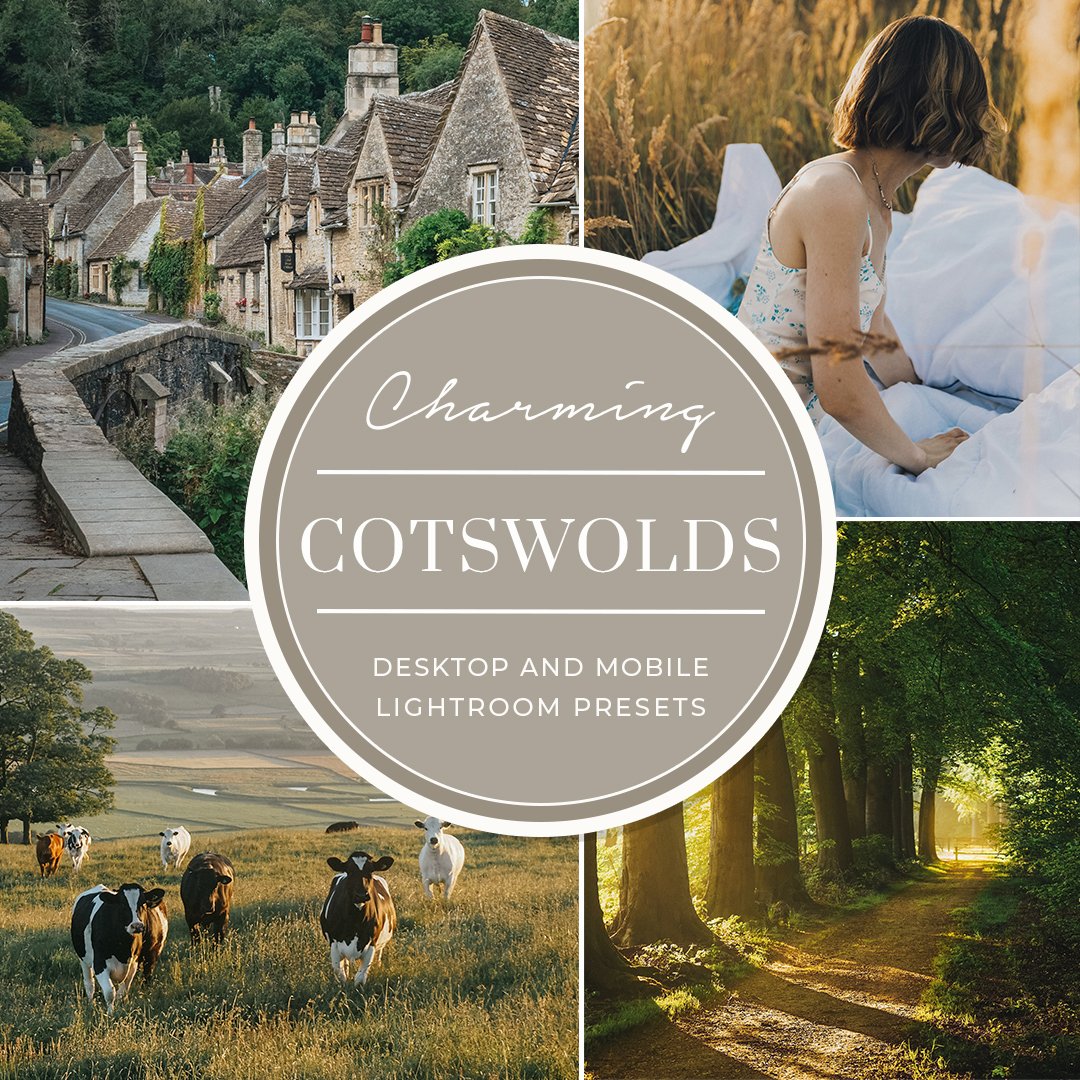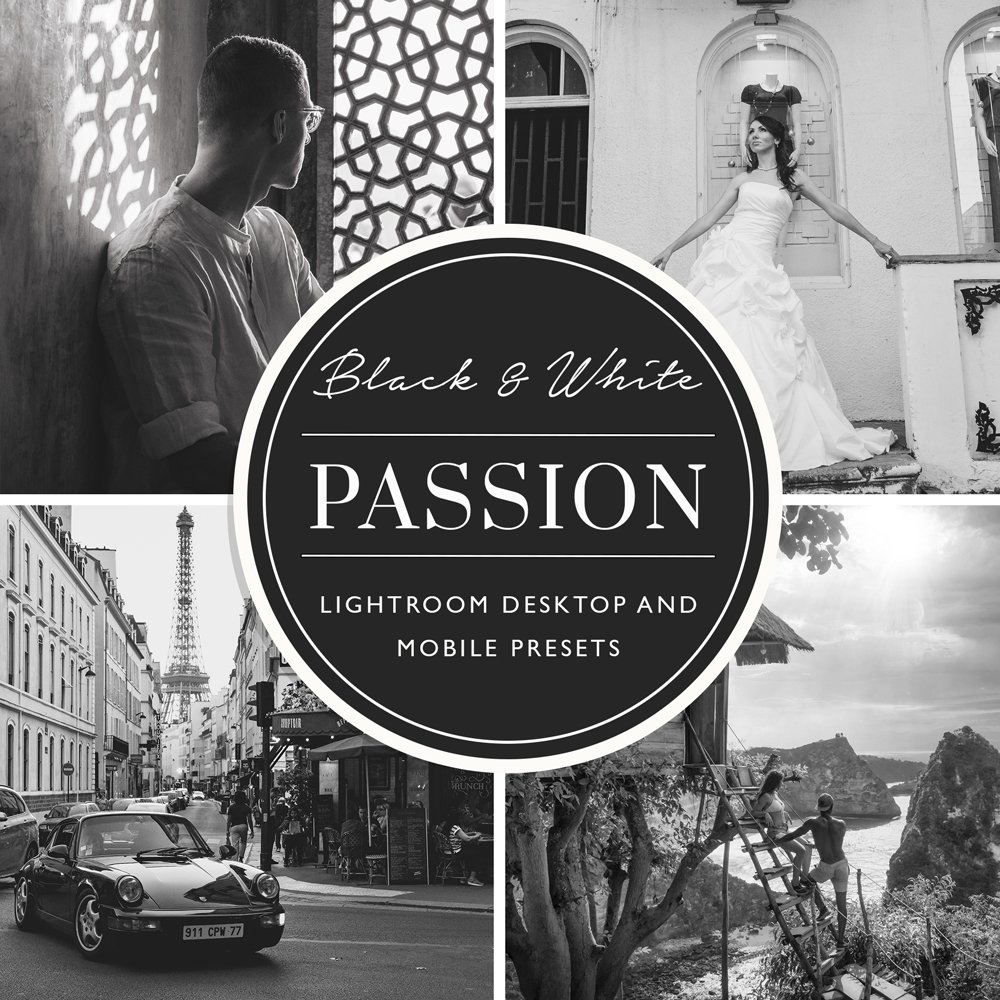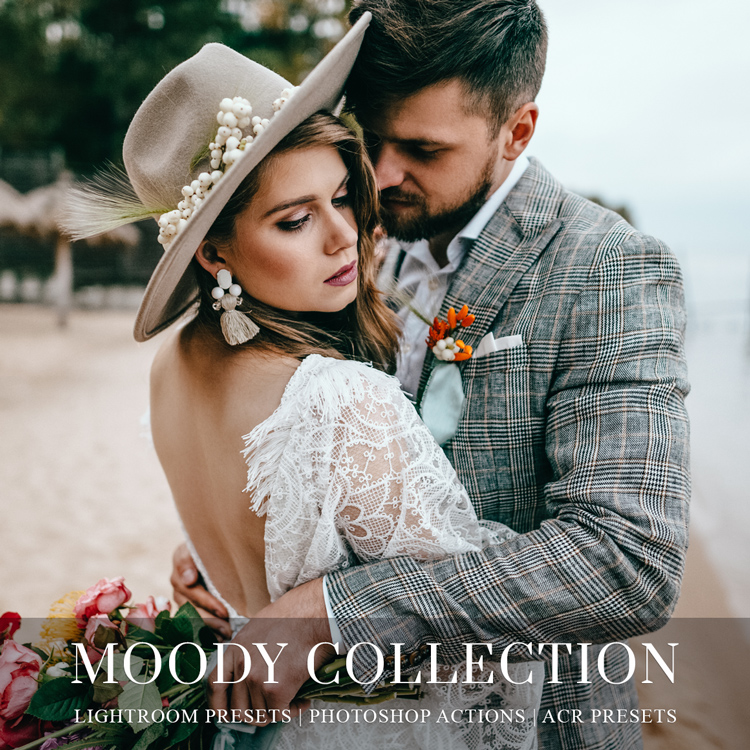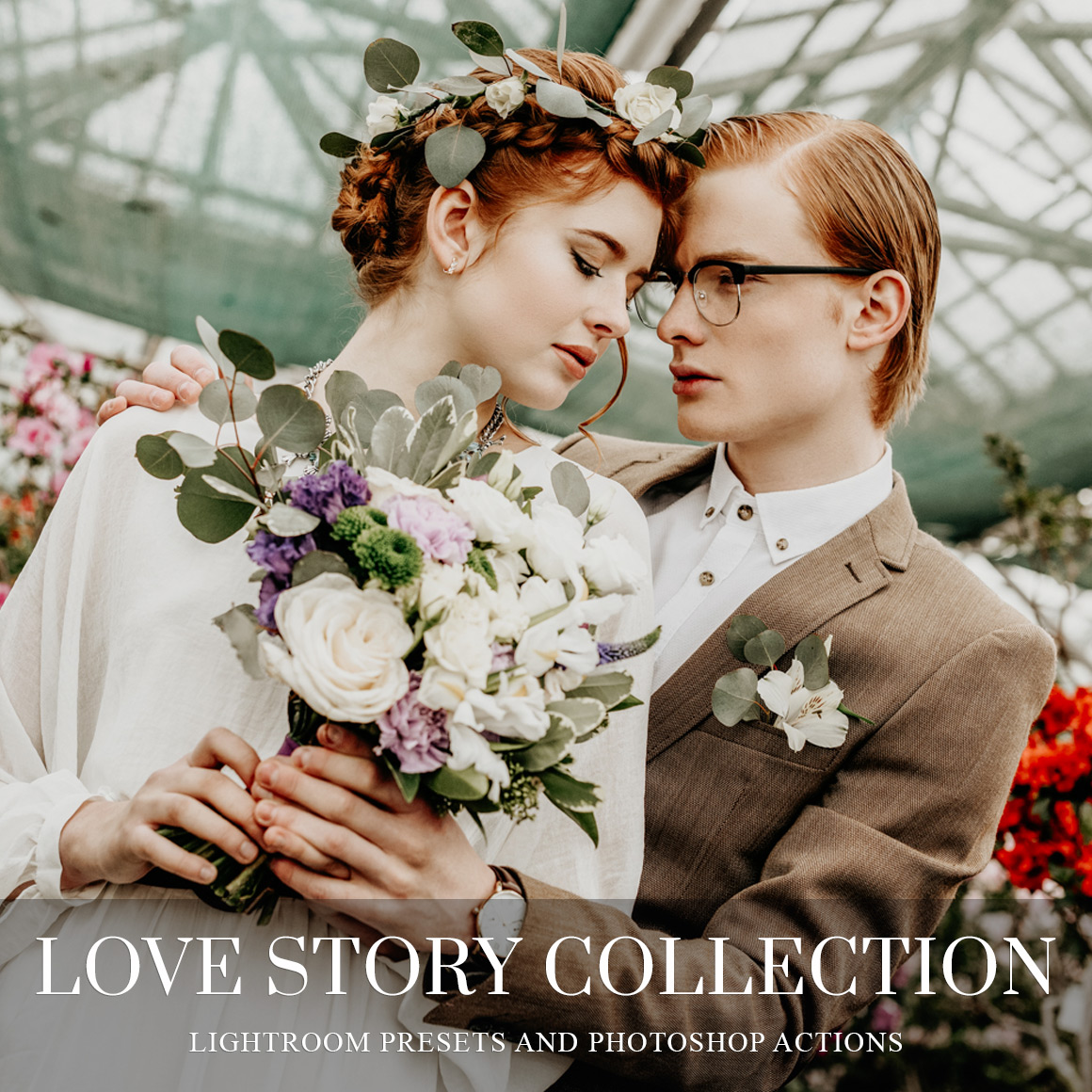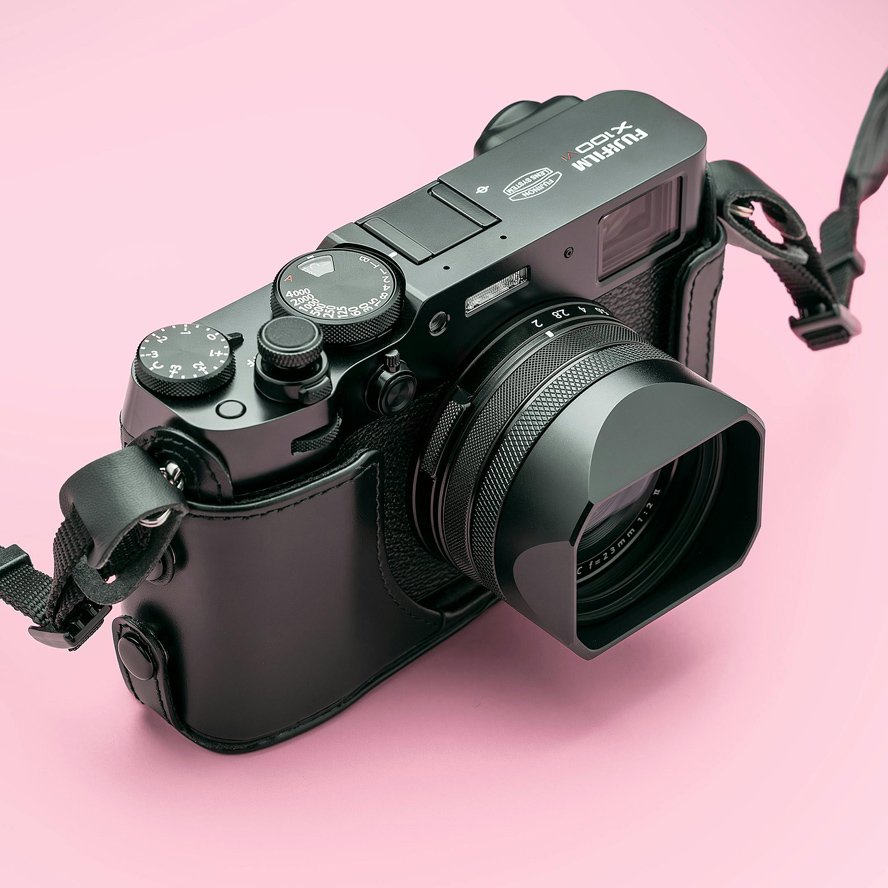Mastering the Art of Starry Night Sky Photography
The darkness, the silence, the night, the connection to nature, and the spectacular results make shooting stars at night a unique and robust experience. On cloudless nights, in remote, dark locations away from city lights, you can witness the captivating sight of the dome of the dark sky studded with thousands of stars.
We must understand the following exposure and technique-related points after considering the frame and composition:
ISO
To capture as many stars as possible with the lens in star or night landscape photography, we frequently need to use a high ISO. But how high? The ISO will typically be 800 or even 1600 or more, depending on several variables, including the shutter speed we are shooting at and the lens's widest aperture.
It should be mentioned that while a high ISO increases the sensitivity of our sensor to light, it also introduces digital noise (or "graininess"). To reduce this phenomenon, we should experiment, learn about our camera, and determine the highest ISO values we can use without sacrificing quality. In addition, noise reduction can be used to reduce "noise" to some extent, even when editing. Generally speaking, using the highest ISO that the camera supports is not advised.
Shutter
In contrast to landscape photography during the day, when we can close the aperture to achieve a large depth of field, night photography requires us to use the widest aperture we have in order to capture as much light and as many stars—even smaller ones—as possible. Using an open aperture can result in a shallow depth of field, which can cause some of the nearby ground to become too blurry or the sky and stars to appear too sharp.
You have multiple options for resolving this issue:
Start with the widest lens we have; the deeper the depth of field, the wider the lens.
When it comes to composition, we will try to include components like trees or other things that will be in focus, significant enough in the picture, and a few meters away from us.
Shutter Speed
Using long exposures is one way to "put more light" into the camera, but remember that stars are not stationary; rather, they "move" as the earth rotates. If you take too long of an exposure, the stars will not appear as points in the sky, but rather as continuous streaks of light.
It's fantastic if we decide to take pictures of star trails, but if we want to take pictures of the Milky Way, we want them to be crisp and sharp, not fuzzy. This is where the "500 rule"—also known as "for the advanced"—comes into play.
The longest exposure that can be made in most cameras without the stars becoming blurry is 500 divided by the focal length; for instance, a full-frame sensor's focal length is 16 mm; therefore, 500/16=31.25 shutter speed. This means that if you expose for 31 seconds, the stars will remain crisp and not smear.
Naturally, when using a crop sensor, you must compute the length and consider the crop ratio (which is 1.5 for Nikon and 1.6 for Canon). A little less exposure than the rule of 500 permits is always preferable.
Other factors that affect exposure include the number of pixels in the sensor. For example, the focus and the rule of 500 state that 16 mm on a Nikon crop sensor will be calculated as 24 mm and therefore it is considered 500/24. This comes out to be about 20 seconds.
Finally, but most importantly, pay attention
While some exposure-related parameters in photography or cropping can be adjusted, focus is one that cannot be. For long exposures, it is important to ensure that the camera is properly fixed. In addition, the focus point and current depth of field must be considered; the focus is set during the day when there is sufficient light to allow In order for the lens to absorb contrasts; we will focus it to the furthest distance and then switch it to manual focus mode so that the focus no longer moves. Alternatively, at night, in live view mode, we can manually focus on a star that has been absorbed or on a sharp laser light beam that will be directed into the distance for this purpose with the aid of the magnifying glass in the display.
To sum up
Playing around with star photography can be a fascinating and rewarding experience. While modern cameras enable dramatic outcomes and amplify what the eye sees, there are technical aspects of night or star photography that should be understood in addition to composition.
Another skill needed in this industry is patience; it takes time to produce good star photos. Therefore, it's best to get advice from a more seasoned photographer.
Get Free Presets for Lightroom created by top photographers to update your presets collection, save down on editing time, and open up new artistic horizons.

